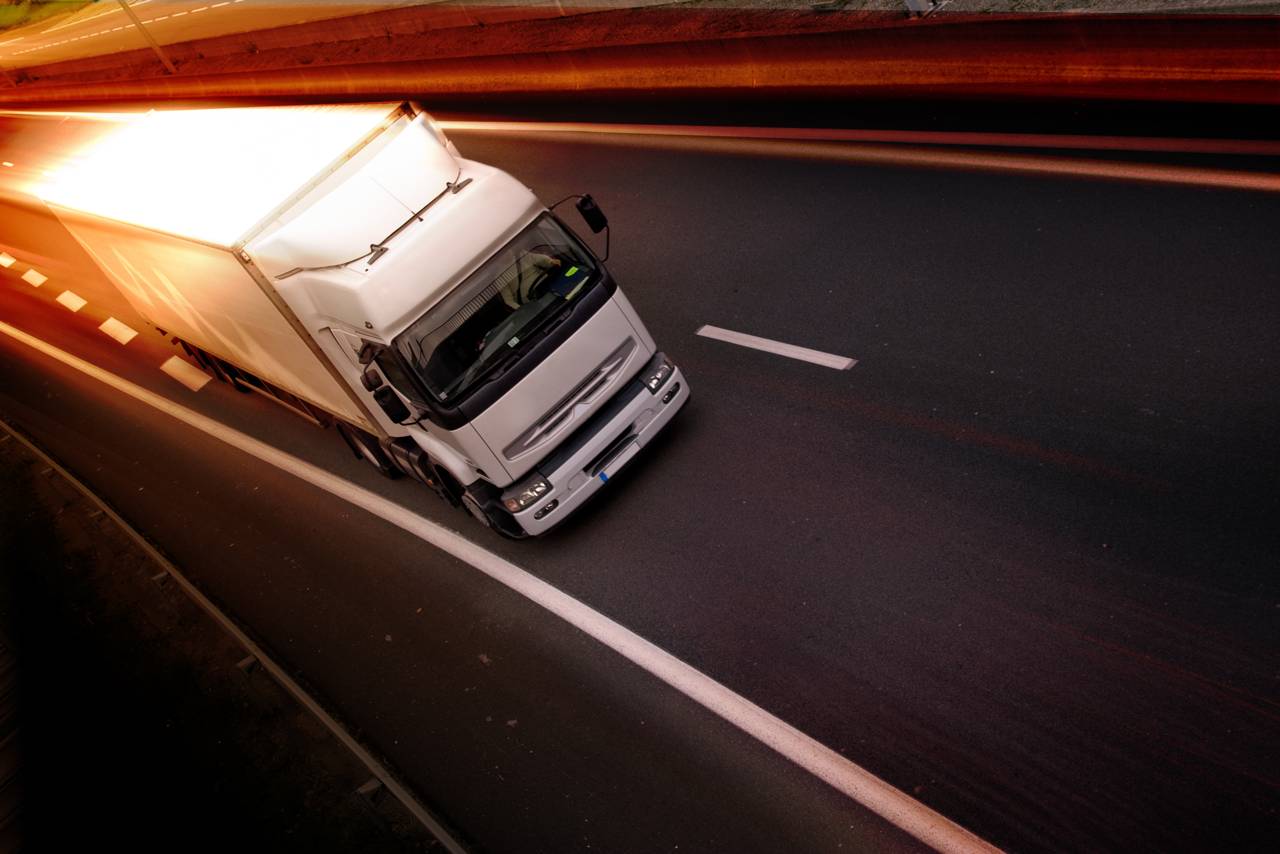Dashcam Installations
Managing driver and vehicle safety remains a top concern of fleet operators as evidenced by the explosion in the adoption of driver and road-facing camera systems over the past couple of years. As a result, requests for dashcam installations are on the rise, and with good reason. Cloud-connected dashcam and in-vehicle camera systems help companies manage fleet safety risk by improving driver performance, ensuring compliance, accurately recording collision data, capturing driver activity, and reducing fraudulent insurance claims. Dashcams, video telematics, in-vehicle camera systems, however they are referred to, come packaged in many forms. The most familiar kind is a single camera configuration, typically road-facing, that captures what’s ahead of the vehicle while in it’s in motion. Some dashcam vendors offer an option to record outside activity while the car is parked to capture video in the event the vehicle is hit. Some systems do double duty and can record what is going on both inside (driver-facing) and outside the vehicle at the same time. Then other systems on the market use multi-camera configurations and artificial intelligence (AI) to capture a multitude of road and driver data. Many in-vehicle camera and video telematics systems feature GPS to pinpoint the exact location of any critical event. As a result, dashcam installations can range from simple to complex
Cloud-connected dashcams capture video – many systems offer high-definition recording – and send incident data to the cloud so that the footage can be reviewed by fleet administrators and fleet safety managers, in near-real time. This type of immediate access allows fleets to actively manage the situation to accurately assess what happened and take the appropriate actions to mitigate potential fleet safety risk.

How Dashcam Installations Help Make Better Drivers
Dashcams play an important role in driver coaching and enable fleet managers to provide coaching in real-time, correcting risky behaviors as they are happening to prevent any potential incidents or accidents. Many systems offer in-cab audio alerts for a range of unsafe driving practices, such as speeding, tailgating, not using a seatbelt, and other customer-defined infractions. Some video telematics solutions providers use a “gamification” model to reward drivers for safe driving practices and good driving performance, taking the sting and stigma out of being recorded while driving. Fleets and drivers alike benefit from the on-demand video playback feature of these in-vehicle camera systems, incidents and accidents can be reviewed to exonerate drivers and companies have video evidence for any potential litigations.
Today there are many in-vehicle camera systems options for fleet operators – from a single unit purchase made online to advanced systems powered by AI. Fleets should consider how video telematics will fit into their overall fleet safety plan and budget. And while choosing the right system is key, quality dashcam installations are just as important. For over 15 years, leading fleet technology suppliers and fleets operators have entrusted their systems and fleets, respectively, to Orbital Installation Technologies. Orbital is trained and skilled in the optimal installation and configuration of single unit to multi-camera systems across all vehicle types and vertical markets.
